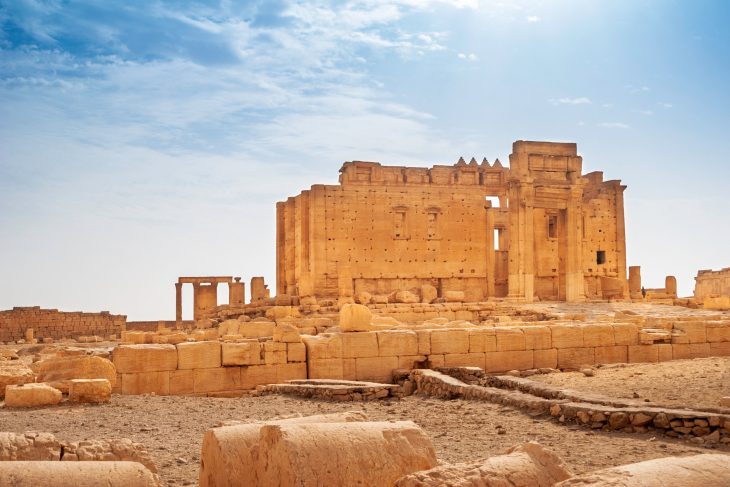Mesopotamia was where humans first learned about and used the wheel. They came up with the concept of kingship and law, as well as many other concepts that we now associate with ‘civilization’. For these reasons and more, historians and archaeologists call Mesopotamia the Cradle of Civilization. Learn more about our shared roots with these 40 Mesopotamia facts.
The name Mesopotamia has a history of its own.
The Ancient Greeks first used the name, meaning ‘land between rivers’, in reference to how the Tigris and Euphrates rivers bounded Mesopotamia. They also used it as a translation for the Hebrew name of the region, Naharaim. Naharaim also has a similar meaning in the Old Testament, which is ‘Aram between the rivers’.
The Mesopotamians developed one of the world’s oldest and most complex alphabets.
We call it cuneiform, but that’s not actually what the Mesopotamians called it. It means wedge-shaped writing, referencing how the letters appear as patterns of wedges. The shape resulted from how the Mesopotamians used cut reeds to write their alphabet. Meanwhile, the Sumerians developed cuneiform in the 3rd millennium BC. They also based it on an older pictographic proto-alphabet which dated back to the 4th millennium BC. Succeeding civilizations, like the Babylonians and Assyrians, continued to use the cuneiform alphabet. Neighboring civilizations, like the Ancient Egyptians among others, also made some use of cuneiform. In particular, they used it in diplomacy, allowing various cultures to communicate and share common records and agreements in a single format.
Gilgamesh was the Mesopotamians’ greatest hero.
The myth, though, resulted from the historical actions of King Gilgamesh of Uruk in the 2600s BC. In his reign, Uruk dominated the constant wars for power between the city-states of Sumer. He left such an impression not just on the people of his city or even the Sumerians, but in all of Mesopotamia itself, that after he died, they turned his life into a myth and legend. In particular, the Epic of Gilgamesh described him as a demigod, but unlike other demigods, Gilgamesh wasn’t just half-god and half-human. Instead, he became three-fourths god and one-fourth human. In particular, Gilgamesh and his friend Enkidu’s adventures slaying monsters, defying the gods, and finally, looking for and even finding immortality, would later go on to influence the Ancient Greeks. Some scholars even think Heracles was actually the Greeks trying to present Gilgamesh as a Greek for a Greek audience.
